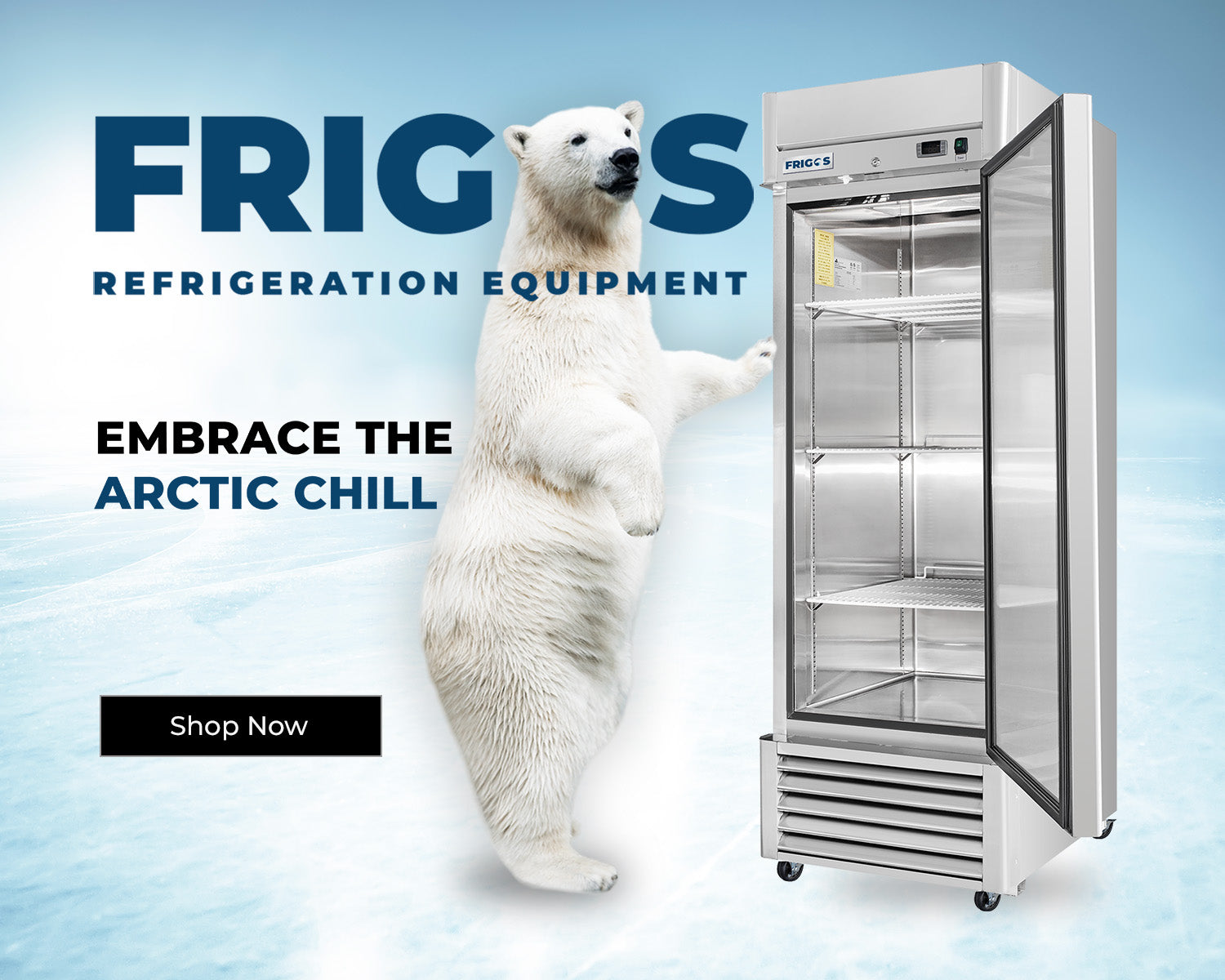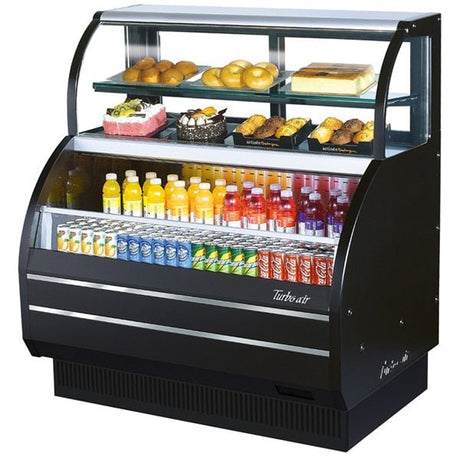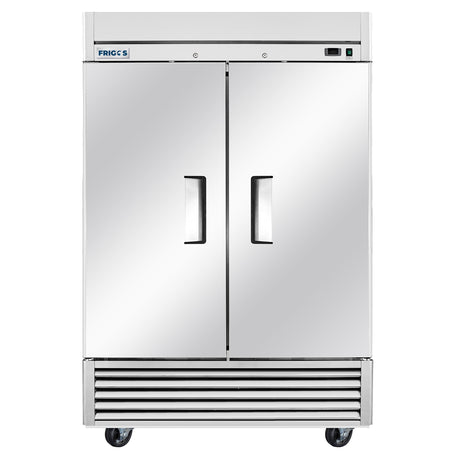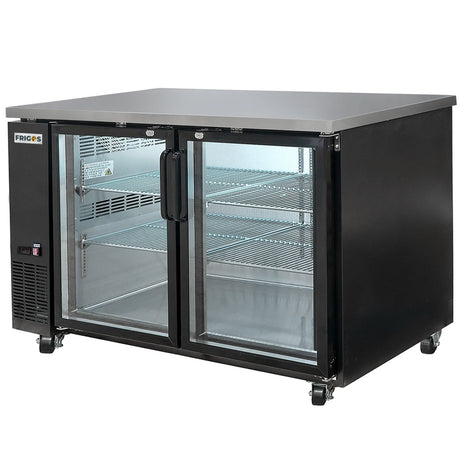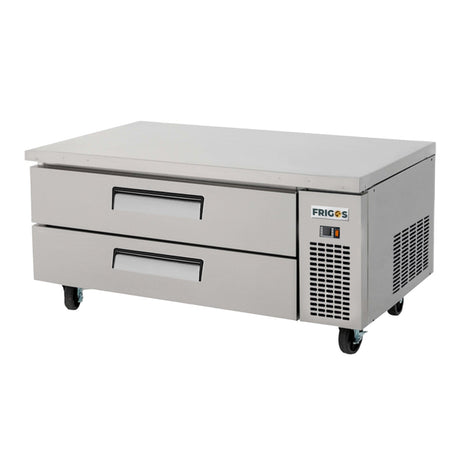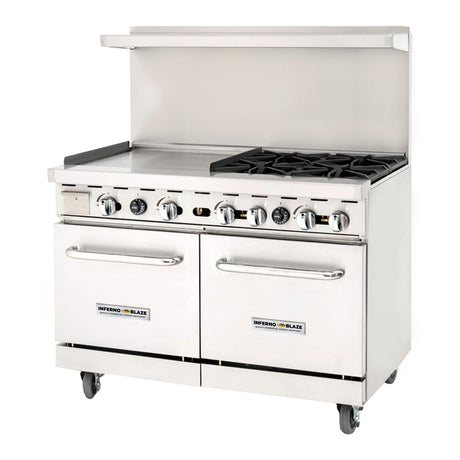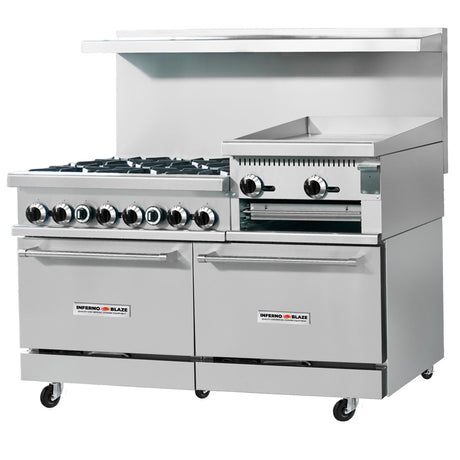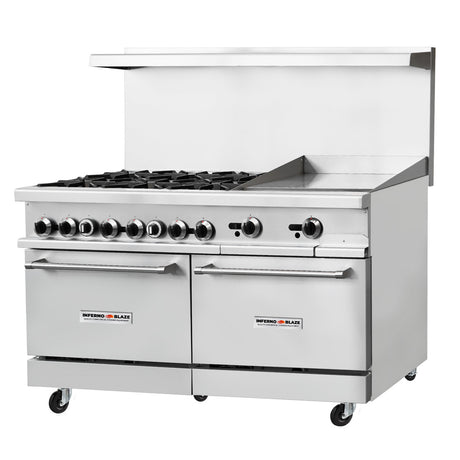In the world of commercial kitchens and food preparation, efficient refrigeration is a must. Whether you're running a bustling restaurant, a cozy cafe, or a busy catering service, you'll need a reliable solution to keep your ingredients fresh and easily accessible. Undercounter refrigeration units have become a popular choice for those in need of extra storage space that's conveniently located near their prep stations. In this comprehensive buying guide, we'll explore the ins and outs of undercounter refrigerators and freezers, helping you make an informed choice for your specific needs.
Undercounter Refrigerators and Undercounter Freezers
Undercounter refrigeration units come in two main categories: undercounter refrigerators and undercounter freezers. These units share a similar cabinet construction, but their key difference lies in their thermostat and refrigeration system. Available in various sizes, these undercounter models can range from as small as 24" wide to as large as 119". Although they may resemble worktop units, it's important to note that undercounter units are not designed for use as a workspace or for holding countertop equipment.
Dual-Temperature Undercounter Refrigerators
For added versatility, some manufacturers offer dual-temperature undercounter units. These innovative models feature both a refrigerated compartment and a freezer compartment, making them ideal for businesses with diverse refrigeration needs.
How to Choose an Undercounter Refrigerator or Freezer
Selecting the right undercounter refrigerator or freezer for your establishment requires careful consideration. Here are some important steps to guide you in the decision-making process:
- Measure Your Space: Start by measuring the space where you plan to install the unit. Ensure that you account for the unit's height, horizontal space, and any exhaust clearances it may require. Also, consider aisle space for open doors and drawers to ensure smooth movement in your kitchen.
- Determine Usage: Think about how you plan to use the unit. Will it be for self-service, or do you need it to store extra ingredients near your prep area? Your intended use will influence your choice of features, such as glass doors, solid doors, or drawers.
- Do Your Research: Take the time to read product descriptions and specification sheets carefully. Pay attention to dimensions and clearances. Don't hesitate to reach out to the manufacturer or seller if you have any questions.
Undercounter Refrigerator and Freezer Height
Understanding the terminology used for undercounter units' height is crucial. Here are the main categories:
-
36" Standard-Height Units: These units are approximately 36" tall, including casters or legs, and are often referred to as "standard height."
-
34" ADA-Height Units: Designed to sit flush at 34" tall, these units comply with ADA guidelines for restaurant countertops.
- 32" Low Profile Units: Units that are 32" tall or less can fit beneath ADA-height counters and are sometimes referred to as low profile or built-in undercounter refrigerators.
Undercounter Refrigerator and Freezer Sizes
Manufacturers offer a wide range of sizes to accommodate various kitchen layouts. The sizes are typically categorized as follows:
-
Single Door Undercounter Refrigerators / Freezers: Usually 36" or under in width.
-
Two Door Undercounter Refrigerators / Freezers: Typically range from 36” to 72” in width.
- Three Door Undercounter Refrigerators / Freezers: Typically 72” or wider. In some cases, two drawers may replace a single door.
Additionally, some manufacturers offer shallow and deep-depth options, which can be beneficial if your kitchen layout requires specific dimensions.
Undercounter Freezer and Refrigerator Clearances
Be sure to pay attention to the location of the compressor's intake and exhaust in your chosen unit and compare it to the intended installation area. Neglecting clearances can stress the refrigeration system and lead to premature failure. Manufacturers may also void warranties if the unit is improperly installed. There are two main types of clearances:
-
Side / Rear Breathing: These units have air exhaust located on the side or rear and air intake that can be on the front, side, or rear. Proper clearance on the sides or rear is essential to ensure proper airflow.
- Front Breathing: Units with both air intake and exhaust on the front are better suited for tight spaces and reduce side-to-side clearance requirements.
Undercounter Refrigerator and Freezer Door and Drawer Types
Undercounter refrigerators and freezers come with various door and drawer options to meet your specific needs:
-
Solid Doors: These are a common choice, ideal for back-of-the-house applications.
-
Glass Doors: While sacrificing some energy efficiency, glass doors allow you to see the contents of the unit, making them suitable for self-serve areas.
- Drawers: Drawers offer food pan organization and are convenient for accessing stored items without reaching into the unit.
Worktop Refrigerators and Freezers
Similar to undercounter units, worktop refrigerators and freezers provide a convenient solution for your kitchen needs. They come with a handy backsplash attached to the back, which serves to protect the wall from food particles and splashes. Some units are categorized as "low profile" or "ADA Height," referring to the top surface height.
Chef Bases
Chef bases are increasingly popular in commercial kitchens. These units combine refrigerated and freezer drawers with a sturdy top surface, perfect for holding countertop equipment like fryers, griddles, and charbroilers. The refrigerated drawers below keep ingredients close at hand for immediate use.
In conclusion, choosing the right undercounter refrigeration unit for your commercial kitchen requires thoughtful consideration of your specific needs, available space, and usage patterns. By following the steps outlined in this buying guide, you'll be well-equipped to make an informed decision that enhances the efficiency and functionality of your kitchen. Whether it's an undercounter refrigerator, freezer, or worktop unit, the right choice will keep your ingredients fresh and your operations running smoothly.






